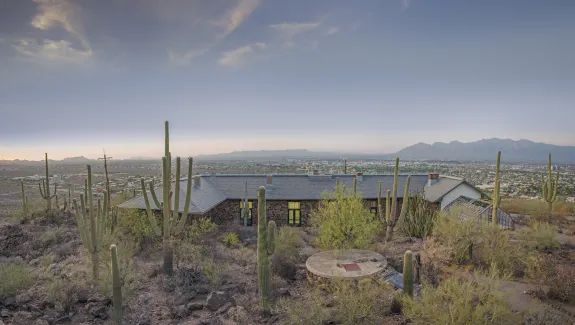
Desert Laboratory on Tumamoc Hill
Building resiliency in arid lands through science-based solutions
A unique combination of culture, science, and community, Tumamoc Hill is an 860-acre ecological preserve in the heart of Tucson, home to the Desert Laboratory since 1903. The Hill's name derives from the Tohono O'odham place-name Chemamagi Du’ag—Horned Lizard Mountain— which signifies the profound cultural importance of this site. A 2,500-year-old village sits atop Tumamoc Hill and the entire preserve is a rich cultural landscape reflecting four millennia of significance to the communities that have known the hill. Accordingly, Tumamoc Hill is a US National Historical Landmark, the highest designation by the United States government for a site with outstanding historical significance.







